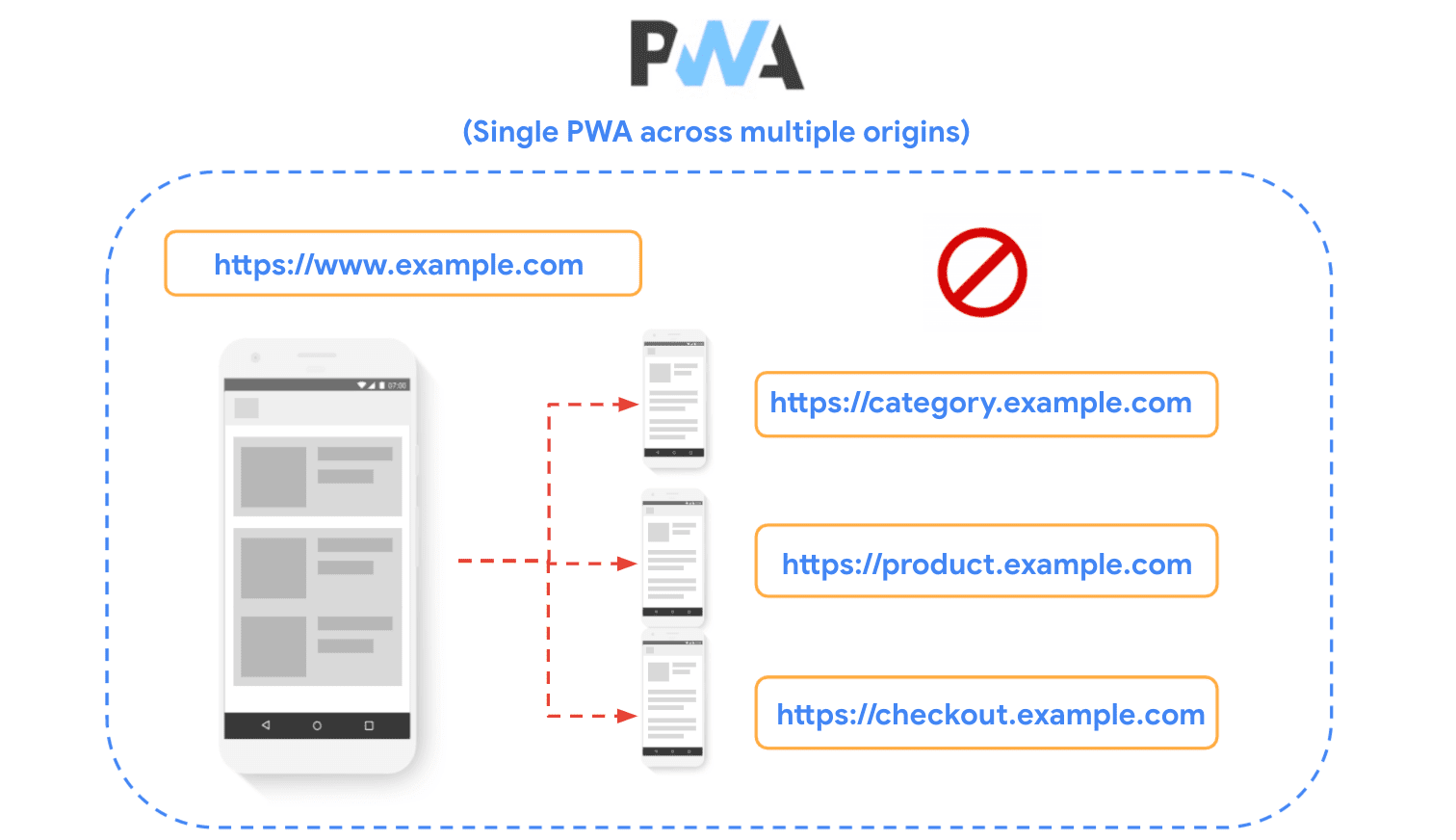AZG News Hub
Your go-to source for the latest news and informative articles.
Progressive Web Apps: The Future of Staying Ahead in a Click
Discover how Progressive Web Apps are revolutionizing the digital landscape and keeping you ahead of the competition with just a click!
What Are Progressive Web Apps and Why Are They Crucial for Modern Businesses?
Progressive Web Apps (PWAs) are a new breed of applications built using standard web technologies, designed to work on any platform that uses a standards-compliant browser. They offer the best of both worlds – the accessibility of a traditional website paired with the functionalities of a mobile app. PWAs are reliable, fast, and engaging, ensuring users have a seamless experience regardless of their device or network conditions. This is accomplished through features like service workers, which enable offline access and push notifications, making PWAs not only user-friendly but also a crucial asset for modern businesses aiming to enhance customer engagement.
In today's increasingly digital landscape, Progressive Web Apps are essential for businesses striving to improve their online presence and user experience. By merging the characteristics of websites and mobile applications, PWAs significantly enhance load times, reduce bounce rates, and improve conversion rates. This is particularly important as more users migrate to mobile devices for browsing and shopping. With PWAs, businesses can lower development and maintenance costs while reaching a wider audience, making them a vital tool in maintaining competitive advantage in the market.

Top 5 Benefits of Progressive Web Apps: Enhancing User Experience and Engagement
Progressive Web Apps (PWAs) have revolutionized the way users interact with web content by providing a seamless experience across various devices. One of the primary benefits of PWAs is their ability to load quickly, even on slow networks. This speed enhances user experience significantly, reducing bounce rates and keeping users engaged. Additionally, PWAs offer offline capabilities, allowing users to access previously visited content without an internet connection, which fosters a continual engagement with the app. This versatility ensures that users remain connected to your content regardless of their connectivity circumstances.
Another essential advantage of PWAs is their responsive design, which guarantees that your web application looks great and functions efficiently on any device, whether a smartphone, tablet, or desktop. This adaptability not only enhances user experience but also improves overall user engagement, as visitors are more likely to spend time on a site that caters to their browsing preferences. Furthermore, PWAs provide installation capabilities, allowing users to add the app to their home screen, offering a native-app-like experience that encourages repeated visits. As a result, businesses leveraging PWAs can increase their customer retention and build a loyal user base.
How to Get Started with Progressive Web Apps: A Step-by-Step Guide
Progressive Web Apps (PWAs) are revolutionizing the way users interact with applications online, providing a seamless experience across devices. To get started with PWAs, you need to focus on the foundational elements. First, ensure your website is served over HTTPS, as this is essential for security and enabling service workers. Next, create a manifest file called manifest.json that contains metadata about your web app, including its name, icons, and display settings. This file is crucial for defining how your app appears on the user's device.
Once the basic setup is in place, implement a service worker to handle caching and offline capabilities. You can register a service worker in your main JavaScript file with the following code:
if ('serviceWorker' in navigator) { navigator.serviceWorker.register('/service-worker.js'); }By caching assets and API responses, your PWA will load faster and provide an excellent user experience. Finally, test your app across different devices and browsers to ensure compatibility and efficiency. Following these steps will set you on the right path to building a successful Progressive Web App.